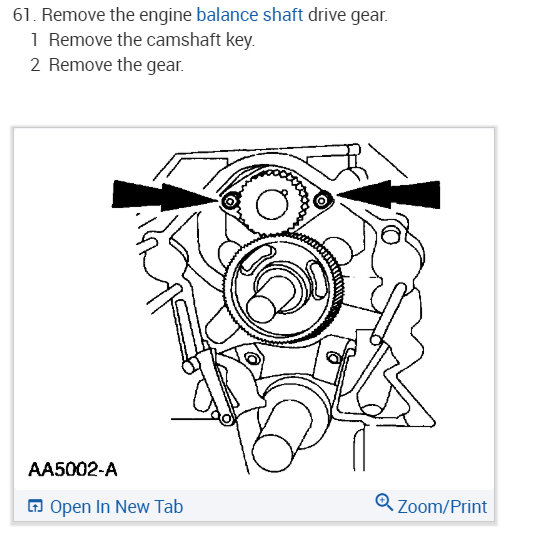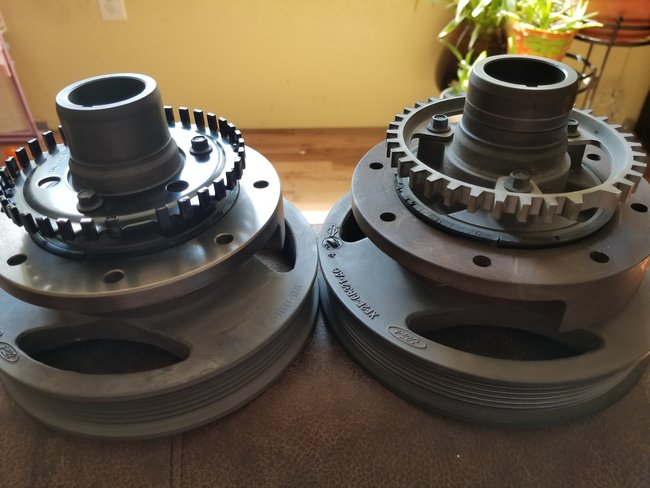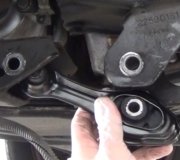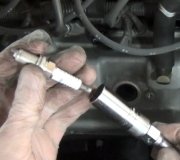Being that the engine top has been rebuilt, there are a number of variables which need to be double checked for accuracy during assembly. You may not have a trouble code (yet) because the OBD II monitors have not all yet completed their system tests, and some monitors need two complete drive cycles before they turn on the MIL. Furthermore, if a certain monitor fails, subsequent monitors and tests will not be carried out by the PCM during drive cycles.
My first step in your troubles would be to double check the "simple" things such as fuel pressure, do a cylinder compression test to make sure all cylinders are within about 10% of each other. Double check the spark plug cable routing. I've done many engine rebuilds and have learned that rushing through the last "easy" steps in anxious anticipation to hear the engine run results in making simple mistakes like running the spark plug cables to the wrong cylinder(s).
My second step in your diagnostics would be to double check your assembly. If this includes disassembly to verify components, you may have to tear the engine down a bit to confirm assembly accuracy.
Verify the cam synchronizer installation; you don't need a special tool. Visit:
https://www.2carpros.com/articles/mitchell1eautorepair-car-repair-manuals and follow the steps. Very easy.
I wouldn't recommend taking off the heads again. Remember that the head bolts are Torque-To-Yield which means they stretch when torqued down. I've re-used TTY bolts one time without trouble. But the second time they are loosened and torqued to final value, they risk breakage. Then you're in real trouble.
You didn't mention the engine's initial operating condition before you installed the remf injectors. The excessive fuel you describe (read: cat.conv's red from heat) may have damaged the O2 sensor(s). Temporarily unplug them and see if the engine runs any different.
Remove the MAF, spray some brake cleaner to the two wire elements in hopes to remove any dust/contaminants. Blow dry with shop air, careful not to direct a full blast towards the delicate wire elements. Let the brake cleaner do it's job. Use the shop air to just make sure they are dry.
Disconnect the fuel line downstream from the filter, jump the fuel pump relay "load" side to run the fuel pump and get a quart-size sample of fuel. Any water in fuel? Note the quantity being pumped, too. Your quart container should fill up within about 30-45 seconds. Any less may indicate a clogged filter. Remove the filter, repeat the step. Note any change in quantity being pumped.
Ensure the EGR is closed during idle.
If you do succeed in getting the engine running well enough to drive, hook up a diagnostic scanner (if you can get your hands on one - - and I don't mean the cheepie type which just display trouble codes), drive the car, and have an assistant monitor the monitor(s) as they change from incomplete to complete. If you succeed in having a monitor complete it's cycle and you are lucky enough to have it display a fault code, immediately research the P-XXXX code and try to pinpoint the cause. If your O2 sensors are operational, keep a close eye on the LongTermFuelTrim and ShortTermFuelTrim (LTFT and STFT) values. High positive values may mean you have a vacuum leak. Out of range negative values are possible signs of excessive fuel pressure, or leaky injector(s).
...would really like to receive follow up on your accomplishments or failures. Hope this helps.
Tuesday, January 22nd, 2019 AT 1:13 PM
(Merged)





